Review for Nobuhiko Obayashi’s Anti-War Trilogy
Introduction
Nobuhiko Obayashi was probably the most renowned Japanese film director I had never heard of, with a long and varied filmography that stretched back almost seventy years. Third Window Films started to remedy that deficiency in my film appreciation by releasing Hanagatami as a standalone disc. This year they bring even more Obayashi to the UK with his Anti-War trilogy. I had a hard time getting to grips with Hanagatami, but it now appears as disc three of this trilogy. I’ll therefore devote this review to the first two discs in the collection, Casting Blossoms to the Sky, and Seven Weeks, and take this opportunity to link to the previous review of Hanagatami.
The Anti-War trilogy gets a Limited Edition release (2000 copies), with the three discs presented in a digipack which includes a booklet by Aaron Gerow.
Introduction: Casting Blossoms to the Sky
“If people made fireworks instead of bombs, there would be no wars”
That’s the premise set forth at the start of the film, and it plays into Reiko Endo’s visit to Nagaoka, invited to attend the Phoenix Fireworks ceremony, and watch a play written by an enigmatic schoolgirl named Hana Motoki.
The Disc: Casting Blossoms to the Sky
Casting Blossoms to the Sky gets a 1.85:1 widescreen 1080p transfer on this disc, with DTS-HD MA 5.1 Surround Japanese and optional English subtitles. The subtitles are in a white font on opaque grey rectangles, which might be disappointing at first glance, but you understand why when you see the film, a riotous saturated multicolour vision, that takes some time to acclimate your retinas too, against which unsubtle subtitles will be lost. There’s also the plethora of Japanese text screen captions which would confuse the issue. Unfortunately, it’s mostly the dialogue which is subtitled, and only a few of the screen text captions are translated. The image is clear and sharp, with excellent detail and it’s free of visible compression issues, aliasing and especially banding. I mention the latter as this is a highly theatrical and stylised presentation, with a fair amount of green screen work and special effects. Even exterior locations can look staged at times, and just like Hanagatami, it takes some getting used to. Unlike Hanagatami, the premise of Casting Blossoms to the Sky makes it easy.
Extras: Casting Blossoms to the Sky
The disc boots to an animated menu
On the disc you’ll find a trailer for the film (1:02)
There is also an interview with Nobuhiko Obayashi (45:45)
Conclusion: Casting Blossoms to the Sky
Casting Blossoms to the Sky is a powerful piece of cinema, emotionally affecting and deftly done. I couldn’t quite get my head around the theatrical artificiality of Hanagatami when I watched it, but in this film that heightened reality is so appropriate and important. Retelling the events towards the end of the second world war, when the Allies were fire-bombing Japanese towns and cities, has to be done in a way that gets the depth of the message across without obscuring it with graphic sensationalism. So when the play occurs in the middle of the film, with the high school students giving form to the voices of the survivors, the staged setting, combined with blended in animation gets the point across far more effectively than simple newsreel footage, or graphic reconstruction might.
There were aspects of this film that put me in mind of Sunao Katabuchi’s “In This Corner of the World” which is obviously a good thing, but Casting Blossoms to the Sky is a lot more complex than that. Drawing the comparison between fireworks and bombs sets the tone of the film, with the idea of the Phoenix Fireworks as a symbol of healing and reconstruction. The film also posits the thought that the modern Japanese psyche, the response to adversity has been in some ways shaped by the collective experience of the Second World War.
The principal characters are reporter Reiko Endo and school teacher Kenichi Katayama. They were in a relationship some years prior, which ended for ambiguous reasons. Now, the teacher has invited Reiko to Nagaoka for the Phoenix Fireworks, and also to see the play, written by student Hana Motoki, which gives voice to the experiences of so many at the end of the war, dramatising some of those events. The film is set during 2011, just after the big earthquake, and the Fukushima meltdown, and Nagaoka is now hosting many refugees from the area, and some are wondering if the fireworks should go ahead, yet are put in mind of a previous earthquake that hit Nagaoka a few years previously.
There is that heightened reality to the film, which is a little unsettling at first. Much of it feels like testimony, the heart-rending experiences of people who lived through those dire days, often voiced by actors playing those roles. Then again there are people who were actually there, including some that inspired the very characters we see portrayed on screen. There is the obvious dramatisation that comes from the play that is performed in the film, and there is a fairy tale element as well with the Hana character, and her connection to a survivor of the air raids. Whenever we see Hana, she’s riding a unicycle, which adds to the surreal nature of the story.
20 years ago, the world had to face the reality that the few remaining veterans that survived the Great War were rapidly passing through old age. We’re now reaching the same point with those that survived the Second World War, and there will come the point where the only eye-witness testimony that we’ll have will be recorded. On the other hand, no war has been documented quite as thoroughly, and switching on to the History Channel at any time will likely present you with another take on the conflict. Against that kind of saturation, it’s easy to become jaded and cynical. It takes a special effort in creativity to cut through and engage with the emotions. Casting Blossoms to the Sky does just that, finds a way to make the experiences of the survivors feel real. Casting Blossoms to the Sky broke my heart, in a joyous, uplifting and optimistic way. People suffered greatly, experienced unimaginable losses, yet found the strength to rebuild their lives with positivity and hope. Initially jarring with its approach, Casting Blossoms to the Sky is well worth watching.
9/10
Introduction: Seven Weeks
When retired doctor Mitsuo Suzuki passes away, his family gather to observe the traditional seven weeks of mourning. In a notable life, he set up a clinic in the coal-mining town of Ashibetsu in Hokkaido, but once the mines closed, and the population declined, he converted the clinic to an antiques shop, where he spent much of his time painting. But when an enigmatic woman appears at his death bed, it evokes a mystery in his life stretching back to the end of the Second World War.
The Disc: Seven Weeks
Seven Weeks gets a 1.85:1 widescreen 1080p transfer with a DTS-HD MA 5.1 Surround Japanese track with optional English subtitles. The image is adequate, given that there is over four hours of footage on a dual layer disc. It’s clear and well presented, although it is an obviously digitally shot film, prone to softness, and subdued contrast. It also makes use of obvious compositing to create a heightened sense of reality. The audio is clear, dialogue audible throughout, although this isn’t a film to challenge the surround specifications. You’ll hear, and see the theme tune for the film on many an occasion, with the scratch marching (ambling?) band heralding each new chapter in the story. It’s a dialogue heavy film, dense and fast paced, but the subtitles keep up, accurately timed and free of typos, although once again, not every screen text caption gets translated.
Extras: Seven Weeks
The disc boots to an animated menu.
The extensive Making Of is the substantial bonus on this disc. It runs to 75:09, and is one of those behind the scenes, fly on the wall pieces.
There is also a 2:05 trailer for the film.
Conclusion: Seven Weeks
Seven Weeks is a thematic companion piece to Casting Blossoms to the Sky. If the latter looks at the effects of war on communities, Seven Weeks explores the lasting effects of war on the individual, through the memory of the late Mitsuo Suzuki. However, I just didn’t engage with this film in the same way, and given the close to three-hour runtime, I had a hard time sticking with the film for the duration.
It’s not exactly a new story, the truth of an individual’s life only coming out after their passing, and with Mitsuo Suzuki, his hospital room goes silent when the mysterious woman walks in. Given his 93 years, his family had gathered for his passing, although less with a sense of grief. Around his death bed, they were catching up, as well as discussing what would happen with his property, just general family housekeeping that happens at times like this, until she walks into the room, apparently able to commune with the dying and comatose man.
The film unfolds over the next seven weeks as the family goes through the process of the funeral and mourning their grandfather. Also over this time, the truth is gradually revealed of who the strange, ageless woman is, formally a nurse at the clinic, a mother figure to two of Mitsuo’s grandchildren, and an artistic muse to him, as well as someone who appreciates a certain book of poetry. But who she is, is also connected to Mitsuo’s youth, towards the end of the war, back when he was friends with another medical student named Ono, and his fiancé Ayano.
Of the three films, this feels the most overtly theatrical, with characters apt to lapse into speeches, breaking the fourth wall to overtly sermonise, and with the settings and staging feeling very cramped and static, even in exterior scenes. The late doctor’s spirit remains present to comment on events, which takes some getting used to. Once again, special effects are widely used, especially green screen, and the device of the raggedy marching band playing the film’s theme tune between each scene change is very contrived. This has the effect of adding a layer of separation between the subject and the audience, where no doubt the reverse would be true if this were a live performance in an actual theatre.
There is an important and distinct message to be had in Seven Weeks, that often the perpetrators of war can be just as much victims as the innocent. Mitsuo Suzuki’s entire life was shaped by a forgotten epilogue to the Second World War, the extra time of conflict with the Soviet Union that continued a month after VJ day, and the event that touched Mitsuo’s life happened a few days after even that conflict officially ended. And once again, the director ties these historic events to where Japan was at the time of the film’s production, with the Fukushima disaster another spectre over the story.
There is something to Seven Weeks, but for me it was just too distant an experience for me to connect with on an emotional level, and even intellectually, it demanded more from me than I was willing to give. The presentation is good, and I do intend to revisit it, hopefully with a more amenable frame of mind now that I know what the film is about. But as a first watch, I wasn’t drawn in by Seven Weeks.
6/10
In Summary
If you’ve clicked on the Hanagatami review, and made it this far in this one, you’ll see the commonality between the three films of the Nobuhiko Obayashi Anti-War trilogy, the overt theatricality and sense of arch staging which I assume at this point must have been a directorial style. This naturally raised the question as to why I managed to engage with Casting Blossoms to the Sky, where I was left cold by the other two films. The thing that I found about Casting Blossoms to the Sky is that in having a literal theatrical performance as part of its narrative, it freed me as a viewer to engage with the story; it provided the way in to the film that I couldn’t find in the other two. That’s a purely personal perspective of course, and your mileage may vary, but this trilogy presents an approach to filmmaking that I haven’t seen before, and it’s well worth experiencing to broaden your cinematic horizons.
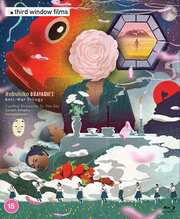




























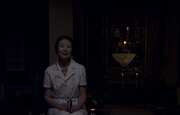

































































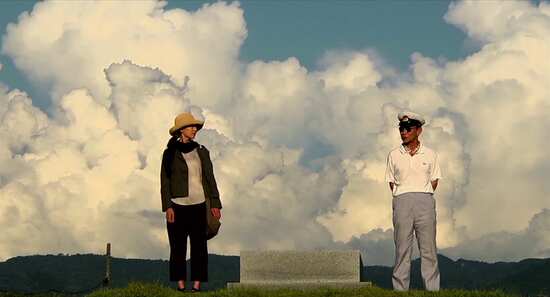
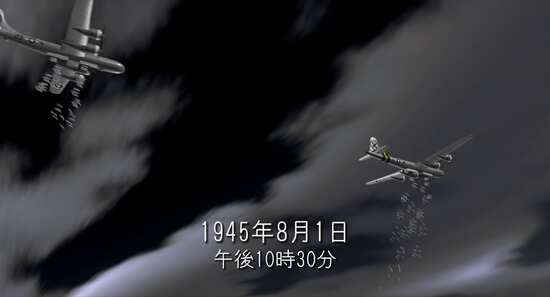

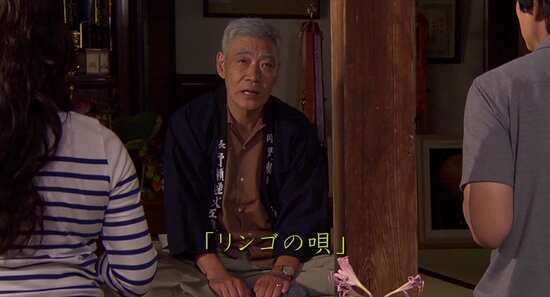
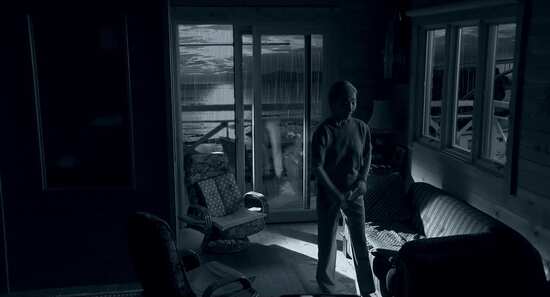
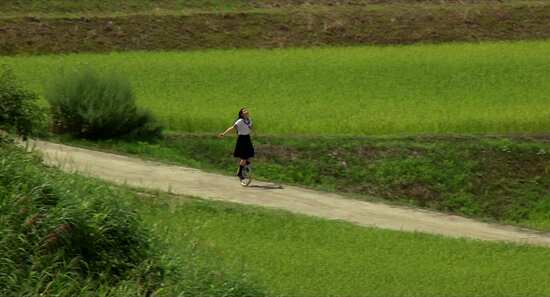
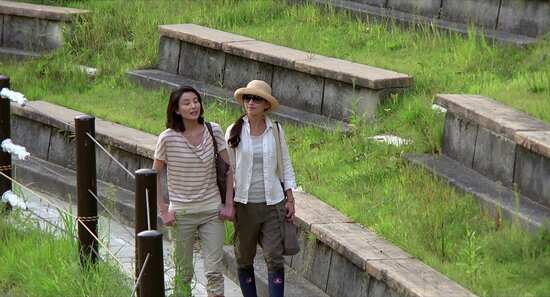
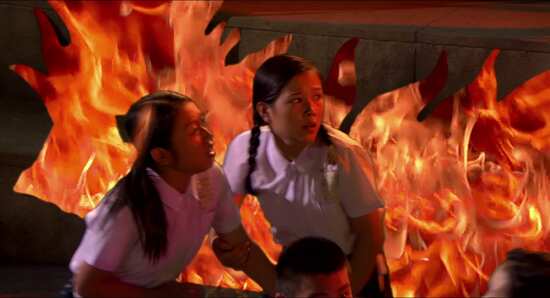
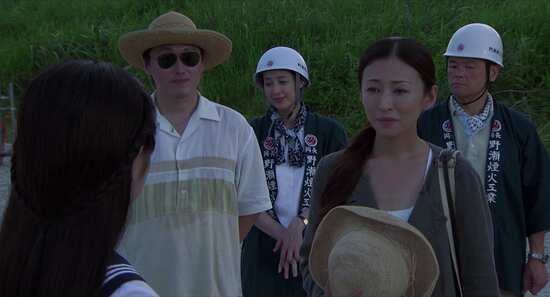
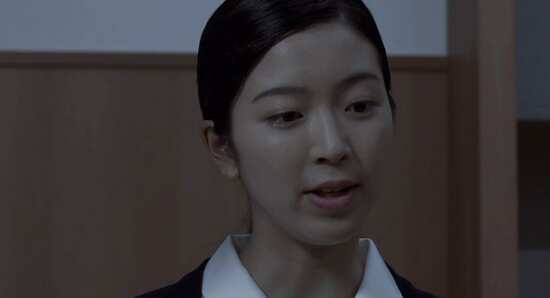
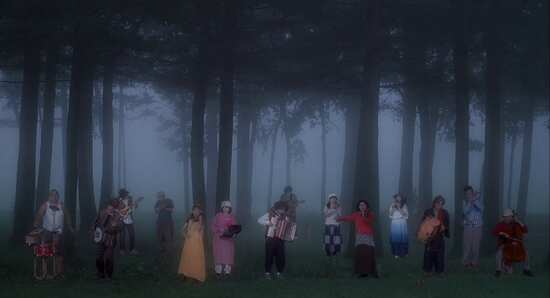
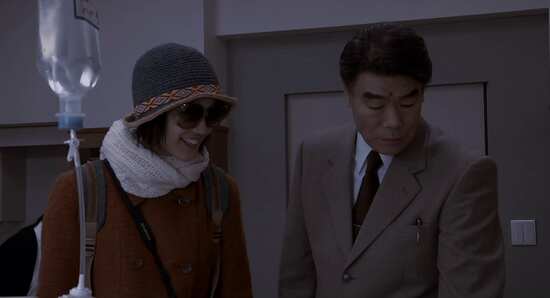

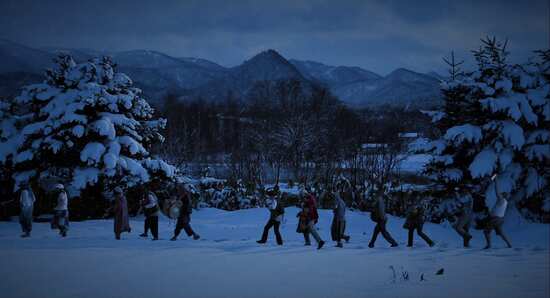
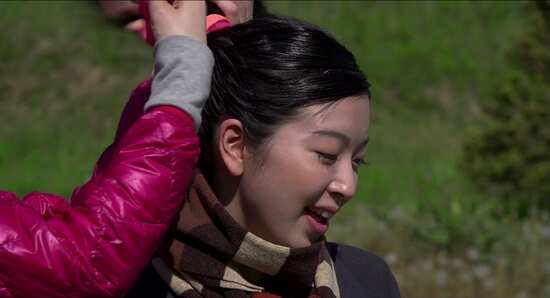
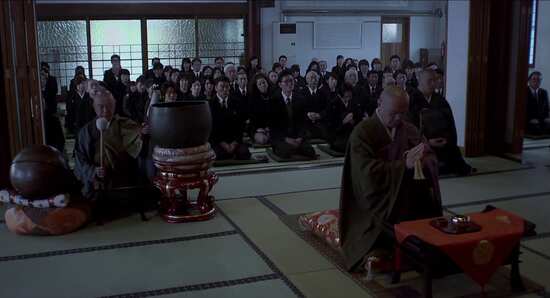
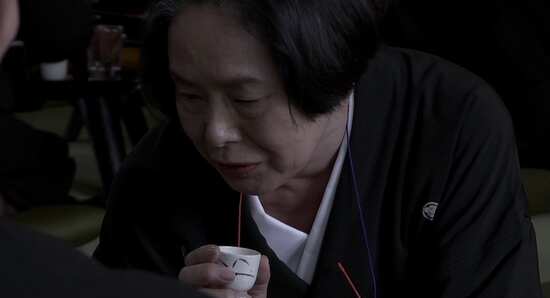
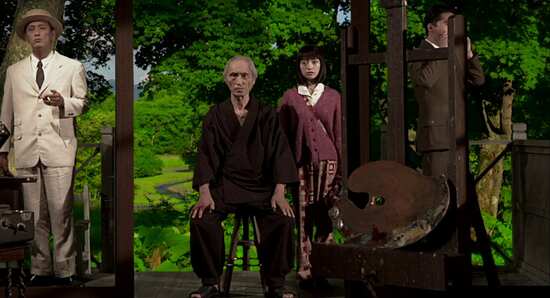
Your Opinions and Comments
Be the first to post a comment!